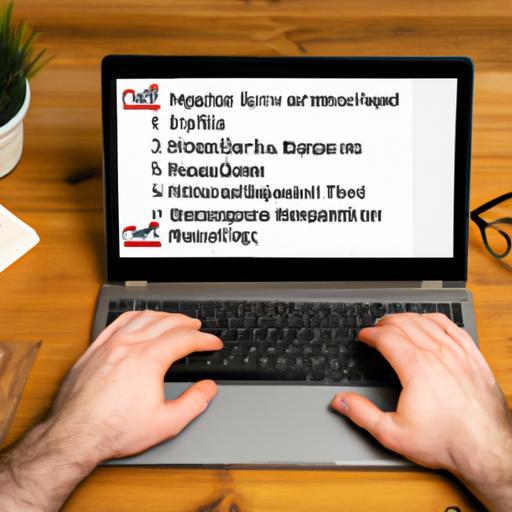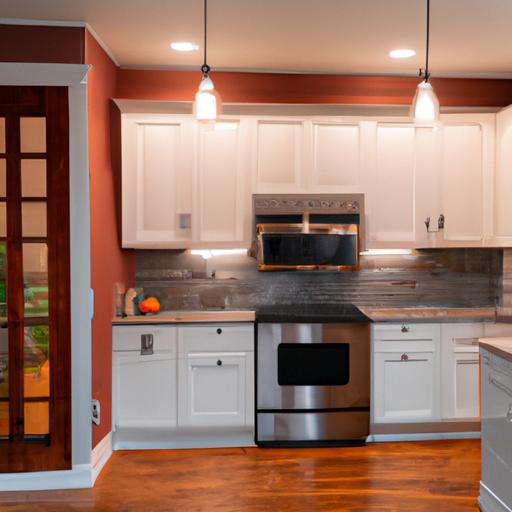Understanding HUD Title I Property Improvement Loans
When it comes to enhancing your property, finding the right financial support is crucial. One option that stands out is the hud title i property improvement loan. But what exactly does this entail? Essentially, a HUD Title I loan provides homeowners with the means to make necessary improvements to their property. From renovating a kitchen to adding a new bathroom, these loans offer a helping hand in achieving your home improvement goals.
Property Improvement Loans play a vital role in not only enhancing the aesthetic appeal of your home but also increasing its overall value. Whether you’re looking to spruce up your living space or prepare your property for sale, these loans provide the financial assistance needed to bring your vision to life. By understanding the ins and outs of HUD Title I Property Improvement Loans, you can take the necessary steps to transform your home into a space you truly love.
Eligibility Criteria
Requirements for Borrowers
To qualify for a HUD Title I Property Improvement Loan, borrowers must meet certain criteria. Typically, lenders look for individuals with a good credit score and a stable income. Demonstrating a history of timely payments and financial responsibility can also increase your chances of approval. Additionally, having equity in your property can further strengthen your eligibility for these loans.
Types of Properties Covered
HUD Title I Property Improvement Loans are designed for a variety of property types, including single-family homes, multi-family properties, and manufactured homes. Whether you’re a homeowner or an investor looking to improve your rental property, these loans offer a versatile solution for property enhancements. Understanding the specific property types covered can help you determine if a HUD Title I loan is the right fit for your needs.
Loan Limits
When applying for a HUD Title I Property Improvement Loan, it’s essential to be aware of the loan limits set by the Federal Housing Administration (FHA). These limits vary based on the type of property and the scope of the improvements. By understanding the loan limits, borrowers can plan their renovation projects accordingly and ensure that they stay within the approved budget.
Application Process
How to Apply for a HUD Title I Loan
Applying for a HUD Title I Property Improvement Loan is a straightforward process that can help you kickstart your home improvement project. To begin, you’ll need to find a HUD-approved lender in your area that offers Title I loans. Once you’ve identified a lender, you can start the application process by providing information about your property and the improvements you plan to make.
Documentation Required
When applying for a HUD Title I loan, you’ll need to gather certain documentation to support your application. This may include proof of income, details about your property, and estimates for the improvements you intend to make. Additionally, you may need to provide information about any existing liens on your property and your credit history. By ensuring you have all the necessary documentation ready, you can streamline the application process and increase your chances of approval.
Approval Process
After submitting your application and documentation, the lender will review your information to determine if you qualify for a HUD Title I loan. This process may involve a credit check, appraisal of your property, and verification of your income. Once your application is approved, you can proceed with obtaining the funds needed to start your property improvement project. By understanding the application and approval process, you can navigate the loan process with confidence and ease.
Benefits of HUD Title I Property Improvement Loan
Low Interest Rates
When considering a property improvement loan, one of the key advantages of HUD Title I loans is the low interest rates they offer. These competitive rates make borrowing more affordable, allowing homeowners to make necessary upgrades without breaking the bank. With lower interest rates, you can save money in the long run and invest in enhancing your property.
Flexible Repayment Terms
Another notable benefit of HUD Title I Property Improvement Loans is the flexibility they provide in terms of repayment. Homeowners can choose repayment terms that align with their financial situation, making it easier to manage loan payments while enjoying the benefits of property improvements. Whether you prefer a shorter repayment period or a longer one, these loans offer options that cater to your specific needs.
Potential Tax Benefits
In addition to low interest rates and flexible repayment terms, HUD Title I loans may also offer potential tax benefits for homeowners. Depending on your individual circumstances, you may be eligible to deduct the interest paid on your property improvement loan from your taxes. This can lead to significant savings and further incentivize you to invest in enhancing your property.
Drawbacks of HUD Title I Property Improvement Loan
Strict Eligibility Criteria
When considering a HUD Title I Property Improvement Loan, it’s essential to be aware of the strict eligibility criteria that must be met. These criteria may include specific credit score requirements, income limits, and other financial factors that could potentially limit your ability to qualify for the loan. Understanding and meeting these criteria is crucial in determining your eligibility for the loan.
Limited Loan Amounts
One of the drawbacks of HUD Title I Property Improvement Loans is the limitation on the amount that can be borrowed. These loans typically have caps on the maximum loan amount, which may restrict the scope of your renovation projects. Before applying for a HUD Title I Loan, it’s important to consider whether the loan amount available aligns with the cost of your desired improvements.
Longer Approval Process
Another drawback to be mindful of when considering a HUD Title I Property Improvement Loan is the potentially longer approval process compared to other loan options. Due to the stringent eligibility requirements and thorough review process, obtaining approval for these loans may take more time. It’s essential to factor in this longer approval timeline when planning your home improvement projects.
Conclusion
In conclusion, HUD Title I Property Improvement Loans offer a valuable opportunity for homeowners to enhance their properties and increase their overall value. By tapping into these loans, you can embark on home improvement projects with confidence, knowing that you have the financial support needed to bring your vision to life. While there may be some drawbacks to consider, such as strict eligibility criteria and limited loan amounts, the benefits, including low interest rates and flexible repayment terms, far outweigh the challenges.
When considering a HUD Title I loan, it’s essential to weigh the pros and cons carefully and ensure that you meet the eligibility requirements. By doing so, you can take advantage of this valuable financial tool to transform your property into the home of your dreams. Remember, property improvement loans are not just about enhancing the aesthetics of your home but also about increasing its overall value and creating a space that truly reflects your style and personality.






